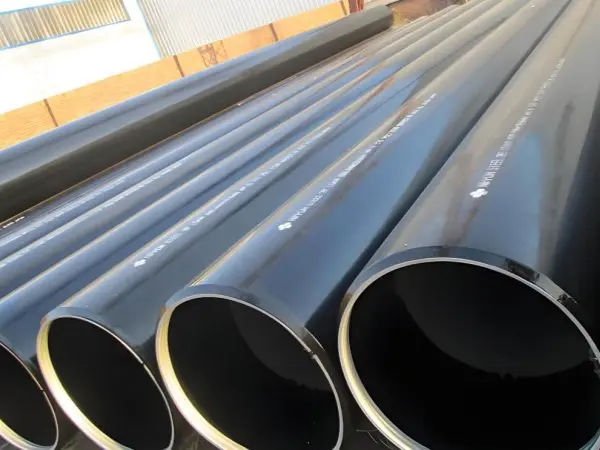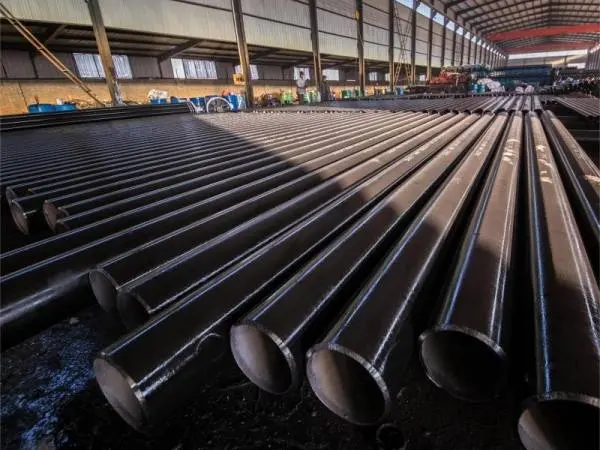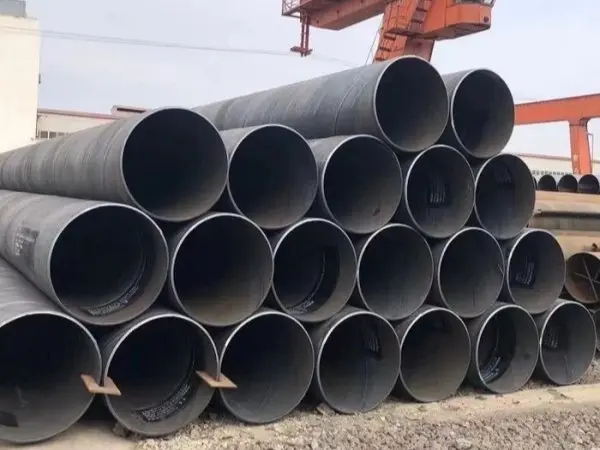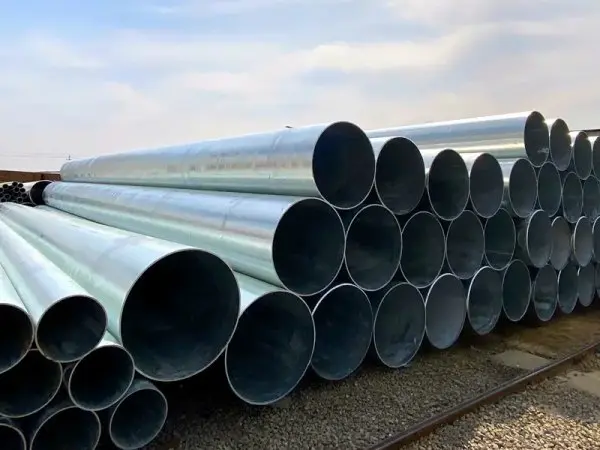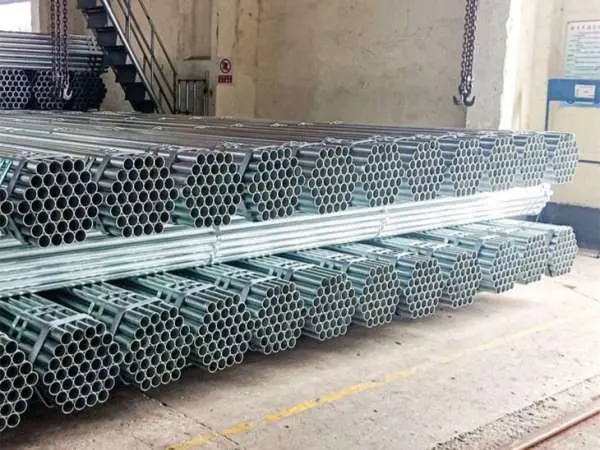- Phone0086 731 8564 8255
- E-mailsales@cscsteel-manufacturing.com
-

Seamless carbon steel pipes, known for their corrosion resistance, high-temperature tolerance, and ability to withstand high pressure, are widely used in industries such as petrochemical processing, marine engineering, and aerospace. Despite the growing demand, many cold rolling pipe mills face challenges such as low production efficiency, slow rolling speeds, and low product precision. As market requirements evolve—demanding higher product specifications (such as increased diameter-to-wall ratios), improved precision (roundness, straightness, and surface finish), and enhanced performance (such as with nickel-based alloys and duplex stainless steel)—traditional equipment is being pushed to its limits. This has led to rapid advancements in equipment, with cold rolling mills evolving towards greater extremes in speed, intelligence, precision, and functionality.
1. Extreme Equipment Capabilities
There is a rising demand for large-diameter thick-walled pipes (above φ550mm) and small-diameter thin-walled pipes (below φ5mm). However, the current supply cannot meet the growing demand, with some products relying on imports due to the lack of high-capacity equipment. The goal is to expand cold-rolled seamless pipe production to include small-diameter pipes with specifications as low as φ3mm.
2. High-Speed Rolling Mills
Increasing the rolling speed of cold rolling mills is one of the most direct ways to boost production. However, higher speeds lead to increased inertia forces and moments, creating challenges in maintaining balance and stability. Since the development of the first high-speed cold rolling mill, efforts have focused on reducing these inertia forces. Many modern high-speed mills now use double-sector block balancing mechanisms to improve stability and efficiency.
3. Intelligent Rolling Mill Equipment
With the shortage of skilled workers and the pressure to keep product prices low, companies are looking to streamline operations by reducing manual labor. This shift requires intelligent manufacturing capabilities, where mill equipment, electrical systems, and hydraulic lubrication systems are upgraded to meet the needs of automated and unmanned production. Intelligent rolling mills enable companies to complete the entire rolling process with minimal human intervention, improving both efficiency and cost-effectiveness.
4. High-Precision Rolling Mill Equipment
In the rolling process, the frame bears the rolling force, requiring high stiffness. The reciprocating motion of the rack drives the rollers, while the fixed casing absorbs vertical rolling forces. This setup not only ensures the system's stiffness but also reduces the weight of the moving parts, decreasing the inertia of motion and lightening the motor’s workload, all of which contribute to improved precision.
5. Multi-Functional Rolling Mill Equipment
Combining the large deformation capability of a two-high rolling mill with the precision of a three-high mill, a three-high rolling mill can deliver the benefits of both systems in one machine. This multifunctional capability allows for greater flexibility and efficiency in production.
6. Stable Rolling Mill Transmission System
The planetary gear reducer is a key component that enables smooth high-speed linear reciprocating motion. The motor drives the pinion, which transfers motion to the gear drum. Inside the drum, planetary gears convert the rotational motion into linear reciprocating motion. Additionally, balance blocks are added to counteract inertia forces and moments, ensuring stability during operation.
Role of Intelligent Diameter Measuring Instruments
Seamless pipes are critical products, and advancements in rolling mills are complemented by intelligent diameter measuring instruments. These devices play a crucial role in quality control, enabling automation, high-speed production, and real-time monitoring. Equipped with features like out-of-tolerance alarms, long-term storage, and adjustable measuring ranges, these instruments can measure pipes as small as 0.1mm and as large as several thousand millimeters. This ensures that pipes of all sizes produced during manufacturing are precisely measured and meet the required specifications.
In conclusion, the development of cold rolling mills and seamless pipe production is heading towards greater extremes in speed, intelligence, precision, and multifunctionality. These innovations not only address current market demands but also ensure the production of high-quality, high-performance pipes for a variety of industrial applications.
